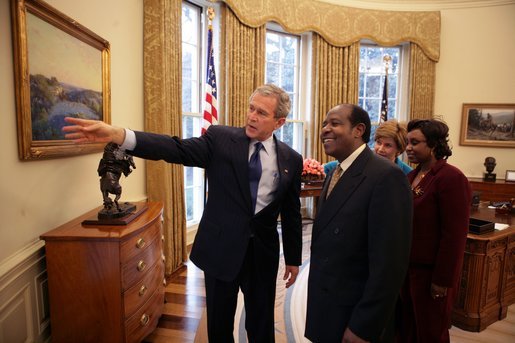
By “The Best” Team: Isaac, Lilan, Alex and Adey
Hotel Rwanda is a timeless classic that dramatizes one of the most tragic events in Africa, the Rwandan Genocide.
The protagonist, Paul Rusesabagina (pictured above) is a Hutu who manages a hotel and lives a simple life before Hutu military forces begin a mass ethnic cleansing against the Tutsi.
His family is given a chance to flee the violence with U.N. peacekeeping forces, but he stays behind to protect and save the endangered Tutsi and Hutsi refugees that resided in his hotel.
In the beginning, as the crisis looms, Rusesabagina exhibits a democratic and servant leadership style, when he collaborates and takes into consideration the input of his employees and guests.
But as the dust clears and the reality of the situation became clear his leadership shifted into a more authoritarian leadership style. He shows this by barking orders at staff, ignoring questions and unilaterally planning how the hotel operations would move forward.
In this case, this move seemed to be the best. From this, it is seen that one leader can assume multiple styles that change from situation to situation. In cases such as this, where time is of the essence, this is needed.
But it is of note that it isn’t always the best way to move forward. Without collaboration or at least communication with your team, you run the risk of misunderstandings and failure.
